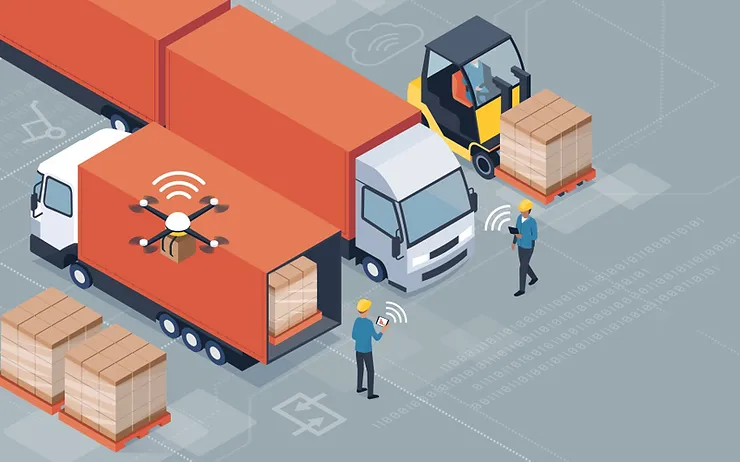Multiple Stops, Different Rules
B2B deliveries don’t just go to one type of customer. A single route might include modern trade outlets, kirana stores, large warehouses, and smaller stockists, each with their own processes, preferences, and constraints. Some expect deliveries at fixed times. Others may need additional services like unloading or restocking. This variety makes standardizing delivery operations nearly impossible.
Route Planning Isn’t Straightforward
B2B deliveries are rarely uniform. One client might need heavy loads, another might only accept deliveries after 3 PM, and a third might be closed for inventory. That means b2b deliveries are constantly adjusting routes, timing, and even vehicle allocation. This level of complexity often requires real-time adjustments and far more flexibility than what traditional routing tools are built for.
Paperwork can Slow Everything Down
B2B deliveries come with documentation. Invoices, proof of delivery, sometimes even physical signatures or stamps depending on the product. If even one document is missing or takes time to verify, it can halt the entire flow. These friction points, though minor individually, can create major disruptions across the supply chain.
Multiple Vendors and coordination
B2B deliveries often involve pickups from several vendors, and any delay in readiness, miscommunication, or missing documents from one supplier can impact the whole delivery chain. That’s why coordination is key. Managing multiple handoffs, tracking vendor preparedness, and keeping all parties informed becomes just as important as the delivery itself.
Why Solving the Last Mile Matters
When B2B last-mile delivery runs well, it doesn’t just improve customer satisfaction, it brings real business value. It also directly impacts sales, restocking cycles, and operational efficiency. Solving last-mile inefficiencies makes the supply chain a true competitive advantage.


